Overview
Perhaps the best-loved gems of all time, pearls—natural and cultured—occur in a wide variety of colors. The most familiar are white and cream, but the palette of colors extends to every hue. Natural pearls form around a microscopic irritant in the bodies of certain mollusks. Cultured pearls are the result of the deliberate insertion of a bead or piece of tissue that the mollusk coats with nacre.
Birthstones & Anniversaries
Pearl is the birthstone for June and the gem of the third and thirtieth anniversaries.
2206 BC
A Chinese historian writes about pearls for the first time.
653 Fifth Avenue
In 1917, Pierre Cartier traded a double strand of natural pearls for a mansion on Fifth Avenue in New York City.
1893
Kokichi Mikimoto successfully cultures a pearl in Japan.
Facts
-
Mineral:
Calcium Carbonate
-
Chemistry:
CaCO3
-
Color:
White, black, gray, yellow, orange, pink, lavender, green, blue
-
Refractive Index:
1.52-1.69
-
Specific Gravity:
2.60-2.85
- Mohs Hardness: 2.5-3.0
Treatments
There are a number of processes used to alter the color, apparent clarity, or improve the durability of gems.
Learn MoreSynthetics
Some gemstones have synthetic counterparts that have essentially the same chemical, physical, and optical properties, but are grown by man in a laboratory.
Learn MoreImitations
Any gem can be imitated—sometimes by manmade materials or by natural materials chosen by man to impersonate a particular gem.
Learn More
Why We Love This Gemstone
LUSTER
Luster results from reflection of light rays off the pearl’s surface, and from concentric inner layers of nacre, like light bouncing off a convex mirror.
VARIETY
Natural or cultured, saltwater or freshwater, nacreous or not, pearls come in a myriad of shapes and colors, telling the stories of the mollusks in which they grew.
SUSTAINABILITY
Pearls reflect the condition of the dynamic environments in which they grow. The quality of a mollusk’s surroundings is inextricably linked to its health and the quality of its pearls.
Quality Factors
A classification of the GIA 7 Pearl Value Factors™ determines the quality and value of pearls.
Size
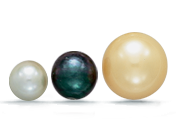
Cultured pearls range from 2-16mm in diameter, depending on the mollusk used.
Shape
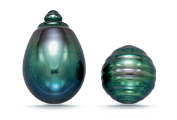
Spherical pearls are the most valued but symmetrical drops are also sought.
Color
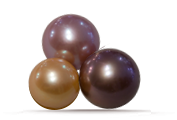
Although white is most classic, appreciation has grown for more unusual natural colors.
Luster
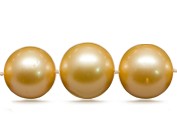
Pearls with high luster have sharp bright reflections on the surface.
Surface
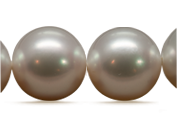
The number of blemishes on a pearl's surface is evaluated to judge quality.
Nacre
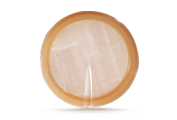
Nacre thickness is evaluated to make sure that cultured pearls are durable as well as beautiful.
Matching
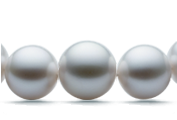
For pearl strands and multi-pearl pieces, how well the pearls match (or mix) affects the value.
Pearl Quality Factors: The Comprehensive Guide
Research
Explore sources, gemological research, and the role of gems in history.
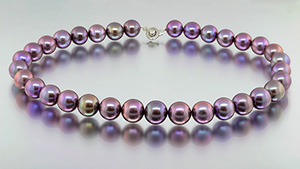
Strong Pinkish Purple Freshwater Bead-Cultured Pearls
Yixin (Jessie) Zhou and Chunhui Zhou , Jul 31, 2015 Read Article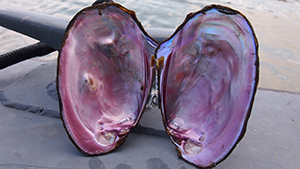
Freshwater Pearling in Tennessee
Tao Hsu, Chunhui Zhou, Artitaya Homkrajae, Joyce Wing Yan Ho, Emiko Yazawa, and Pedro Padua , Oct 7, 2016 Read Article
Bead-Cultured and Non-Bead-Cultured Pearls from Lombok, Indonesia
Nicholas Sturman, Jeffery Bergman, Julie Poli, Artitaya Homkrajae, Areeya Manustrong, and Nanthaporn Somsa-ard , Nov 7, 2016 Read Article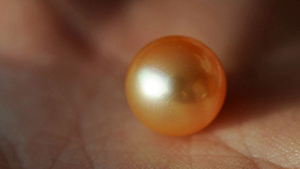



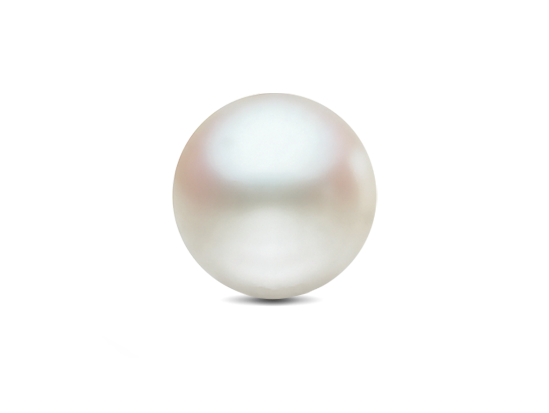
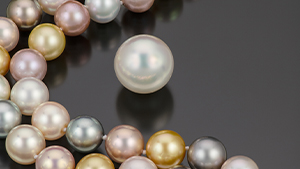









.jpg)


